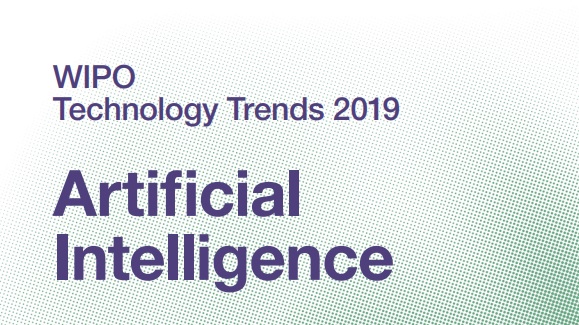
AI and patents – trends to watch from the WIPO technology trends report
WIPO Technology Trends report 2019 came as a surprise to me. We in AI are not used to thinking about patents so much because tools / platforms are mostly Open sourced.
Here are the key takeaways from this report i
- The ratio of scientific papers to inventions has decreased from 8:1 in 2010 to 3:1 in 2016 – indicative of a shift from theoretical research to the use of AI technologies in commercial products and services.
- Among AI functional applications, computer vision, which includes image recognition, is the most popular. Computer vision is mentioned in 49 percent of all AI-related patents (167,038 patent documents), growing annually by an average of 24 percent (21,011 patent applications filed in 2016).
- functional applications with the highest growth rates in patent filings in the period 2013 to 2016 were AI for robotics and control methods, which both grew on average by 55 percent a year.
- Many AI patents include inventions that can be applied in different industries – telecommunications, transportation , medical sciences , personal devices, computing and human–computer interaction (HCI) featured highly in the related industries.
- Other sectors and sub-categories within sectors with notable growth in patent filings include: smart cities (47 percent annual growth); agriculture (32 percent); computing in government (30 percent); and banking and finance (28 percent).
- Companies, in particular those from Japan, the United States of America (U.S.) and China, dominate patenting activity
- IBM and Microsoft are leaders in AI patenting across different AI-related areas
- Toshiba , Samsung and NEC are also in the top 5
- The State Grid Corporation of China has leaped into the top 20, increasing its patent filings by an average of 70 percent annually from 2013 to 2016, particularly in the machine learning techniques of bio-inspired approaches, which draw from observations of nature, and support vector machines, a form of supervised learning.
- In certain techniques and fields, the highest numbers of patent applications originate from companies with a high degree of specialization and expertise in that field. Examples include Baidu, which ranks highly for deep learning, Toyota and Bosch, which are prominent in transportation, and Siemens, Philips and Samsung in life and medical sciences.
- Universities contribute significantly to AI research in specific fields, with Chinese universities dominating
- Chinese organizations make up 17 of the top 20 academic players in AI patenting as well as 10 of the top 20 in AI-related scientific publications.
- Within computer vision – the top functional application – biometrics has seen an average annual growth rate of 31 percent and scene understanding one of 28 percent.
- Within natural language processing, semantics has grown by 33 percent and sentiment analysis by 28 (though it still only accounts for 1 percent of natural language processing applications).
- Within speech processing, speech-to-speech has grown by 15 percent, and speech
To conclude, patents and AI are increasingly becoming an interesting space
